6 Different Types Of Eye Tests That You Must Know
You know how important it is to take your vehicle out for timely servicing in order to ensure its smooth functioning. But do you get your eyes checked this often? Routine eye tests don’t appear to be really much significant unless something goes awry with your vision. However, the seemingly tedious vision tests are more important than you think they are.
So, before you take your precious eyes for granted, read here about 6 eye tests and learn why they are so important.
1. Eye muscle test
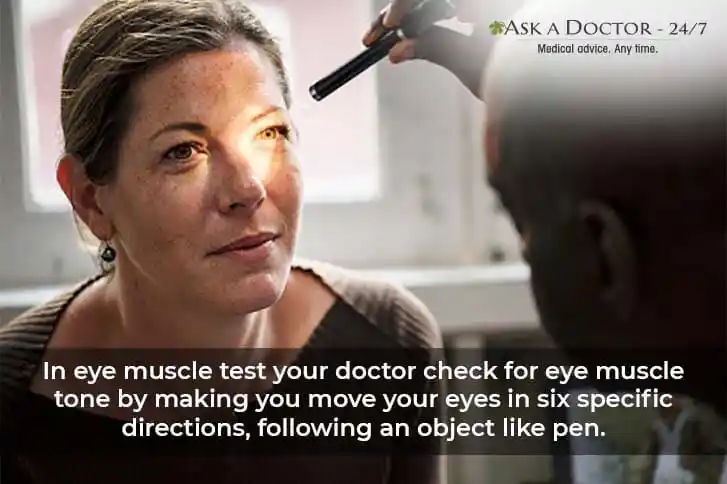
2. Visual acuity test
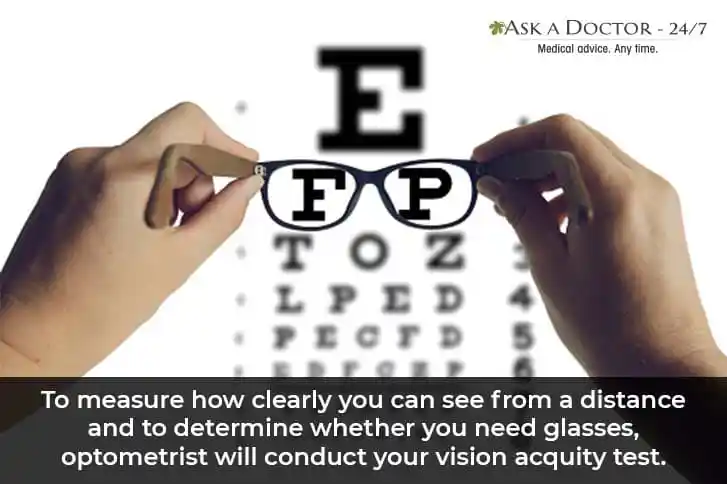
3. Refraction assessment
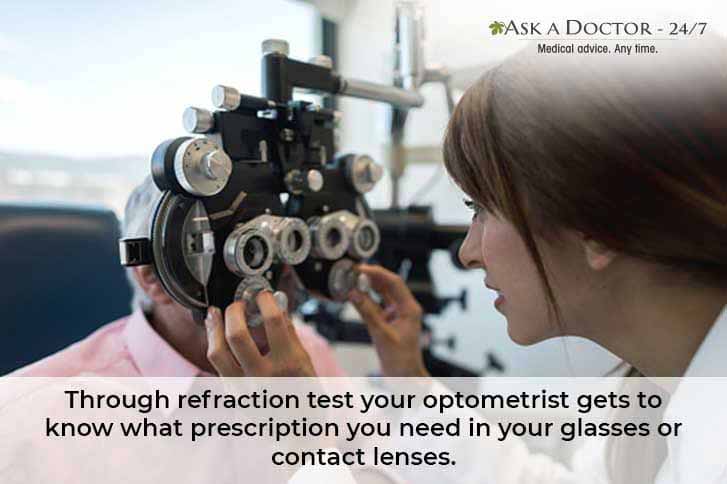
A refraction assessment helps your doctor decide for a corrective lens prescription that will give you the sharpest vision. This assessment is not applicable if you don't need corrective lenses. The specialist fine-tunes this refraction assessment by having you look through a Phoroptor - a mask-like device that contains wheels of different lenses.
4. Visual field test (perimetry)
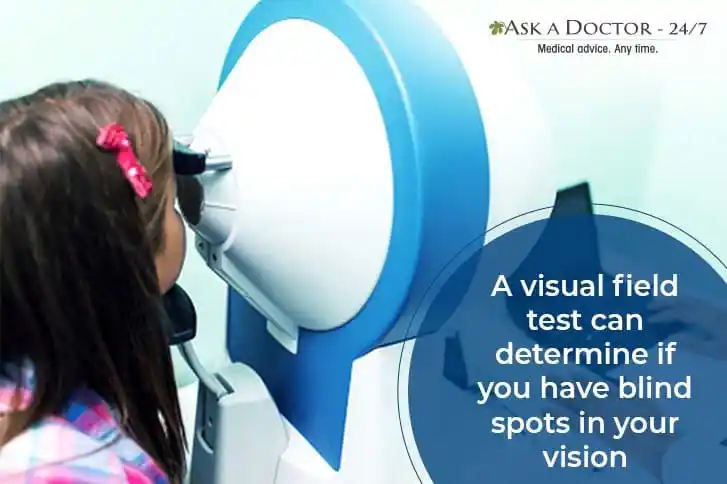
Your visual field is the area that you can see without moving your eyes. The visual field test checks whether you have difficulty seeing in any areas of your peripheral vision — the areas on the side of your visual field. The different types of visual field tests are - Confrontation visual field exam, Tangent screen exam, and Automated Perimetry. Basis your response to one or more of these tests, the specialist determines the completeness of your peripheral vision, and diagnose your eye condition.
5. Color vision testing
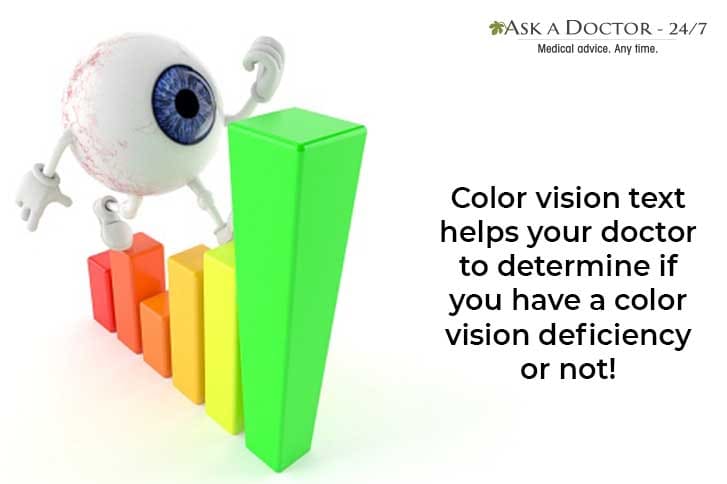
6. Slit-lamp examination
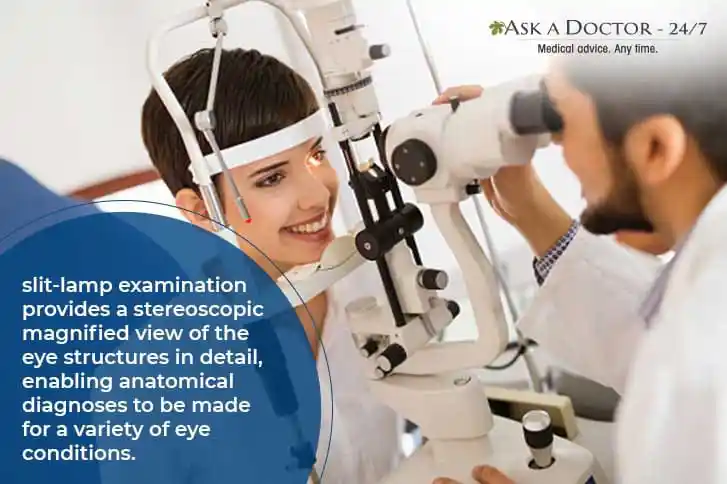
An eye exam involves an array of tests designed to assess your vision and check for any eye diseases. Do not get overwhelmed by the odd-looking instruments, bright lights, or a seemingly endless array of lenses. Each test during an eye exam evaluates a different aspect of your vision to help you see the world clear and better.
For any queries related to eye tests, and eye care in general, you can consult an Ophthalmologist now!
Ask a Specialist
Recent Questions


